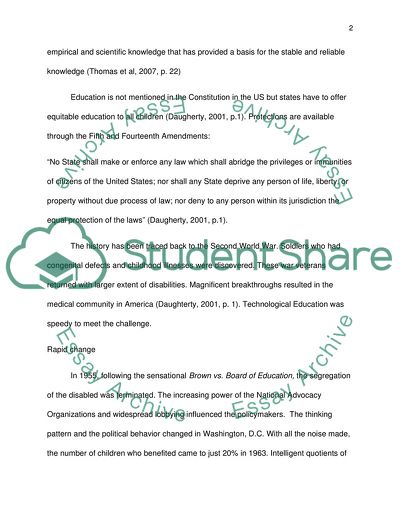Cite this document
(History of Special Education Article Example | Topics and Well Written Essays - 3500 words, n.d.)
History of Special Education Article Example | Topics and Well Written Essays - 3500 words. Retrieved from https://studentshare.org/education/1727296-history-of-special-education
History of Special Education Article Example | Topics and Well Written Essays - 3500 words. Retrieved from https://studentshare.org/education/1727296-history-of-special-education
(History of Special Education Article Example | Topics and Well Written Essays - 3500 Words)
History of Special Education Article Example | Topics and Well Written Essays - 3500 Words. https://studentshare.org/education/1727296-history-of-special-education.
History of Special Education Article Example | Topics and Well Written Essays - 3500 Words. https://studentshare.org/education/1727296-history-of-special-education.
“History of Special Education Article Example | Topics and Well Written Essays - 3500 Words”, n.d. https://studentshare.org/education/1727296-history-of-special-education.


